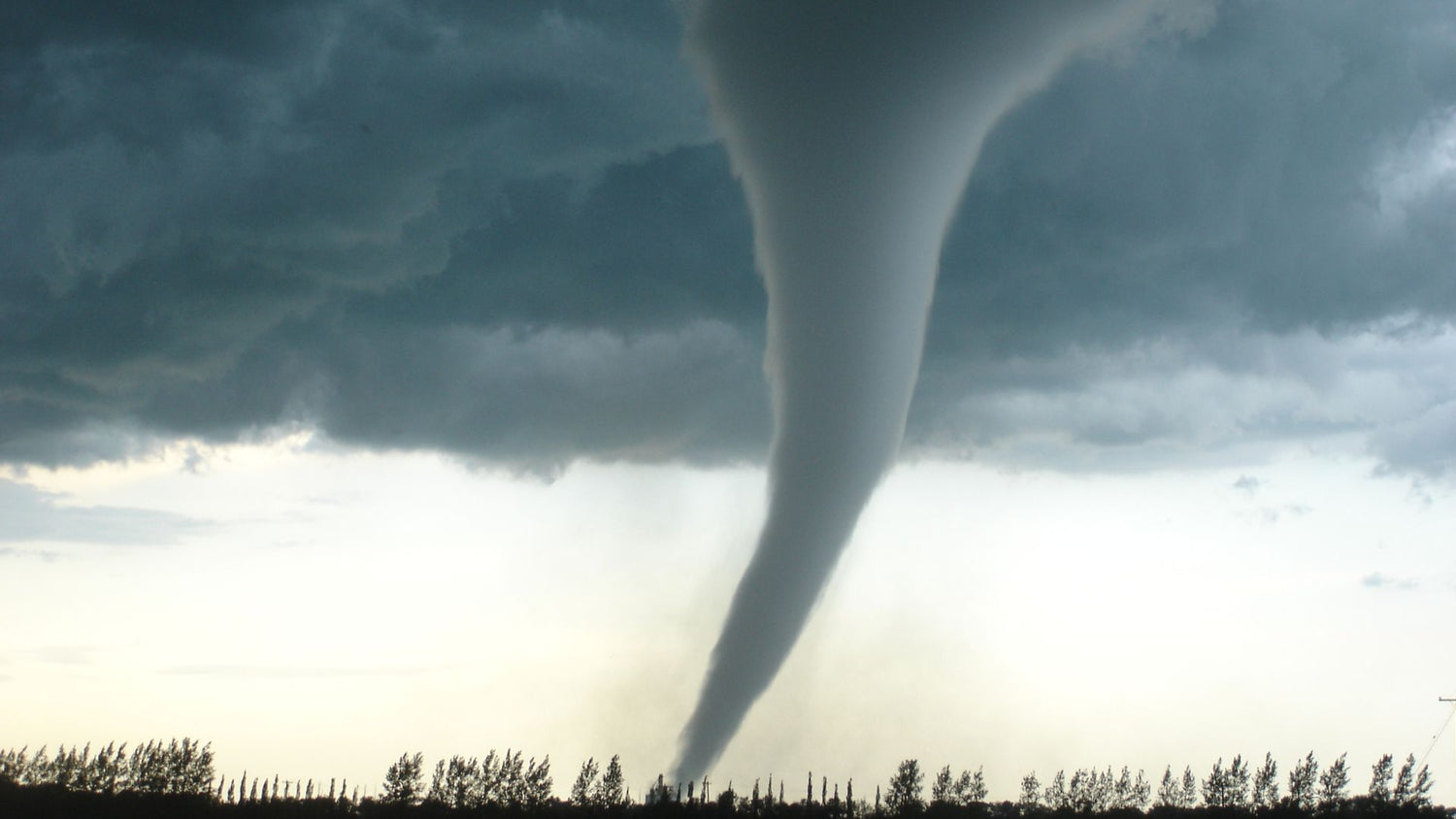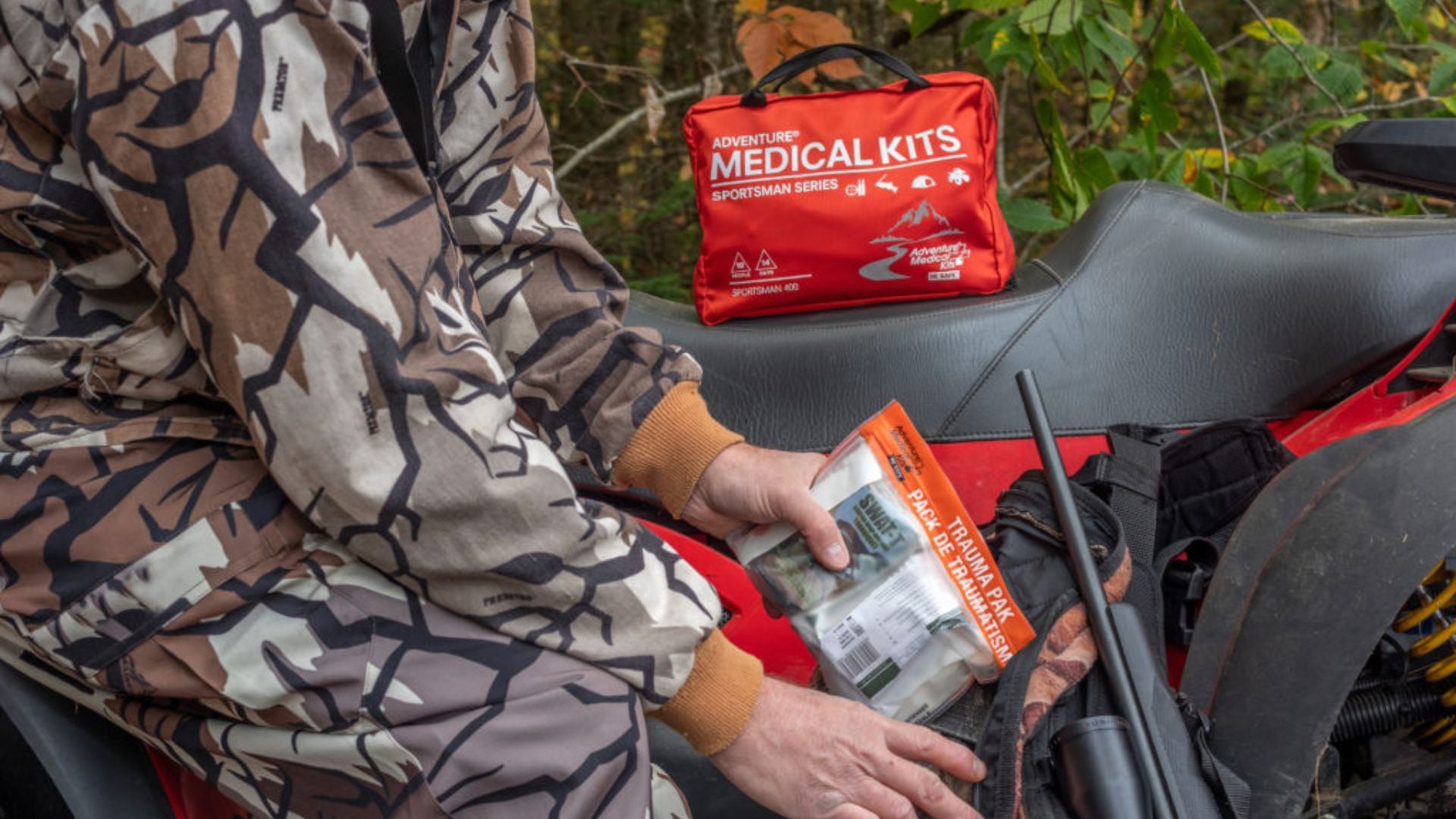The survival instinct was alive and well in 2011. With Mother Earth clearly in an apocalyptic mood, people found ways, often against seemingly impossible odds, to survive earthquakes, volcano eruptions, hurricanes, tornados and tsunamis. Tales of wilderness survival – stories involving the injured or lost hiker who braved the elements long enough to talk about it another day – were also well represented. To pick SOL’s Top Seven Survival Stories of 2011, we turned to Dr. Chris Van Tilburg, editor of Wilderness Medicine magazine and a long-time member of Oregon’s Hood River Crag Rats Search and Rescue Team.
The stories that made the cut were selected partly for their fantastic nature, but also because they highlight important lessons that show what to do – or just as often, not do – in a life-threatening situation.
Said Van Tilburg, “The stories that made the cut were selected partly for their fantastic nature, but also because they highlight important lessons that show what to do – or just as often, not do – in a life-threatening situation. In many cases, the people on this list made critical errors which led to the predicament they found themselves in, or at least prolonged it. Thankfully, all of the people on the list did enough things right to ensure their survival. That and a healthy dose of dumb luck didn’t hurt either!”
1. Woman survives four days in Oregon forest.
After plummeting off a 50-foot cliff and fracturing her leg in two places, 28-year-old Pamela Salant of Portland, Oregon, survived for three frigid August nights in the rugged Columbia Gorge National Scenic Area, wearing only a tank top and shorts. She had no cell phone and no water.
How she did it: Salant ate wild berries and caterpillars, drank from creeks, used moss for warmth, bandaged a cut with her underwear and used her upper body strength to drag herself down a canyon to the shelter of thick trees. She was plucked from the wilds by an Oregon National Guard UH-60 Blackhawk.
The lesson learned: Even for a short hike, take the 10 essentials including a cell phone, proper clothing and a small survival kit. In this case, Salant got lucky: instead of staying put, she moved deeper into the wilderness, farther from rescuers, which likely prolonged her ordeal.
2. Man survives two days in Pacific Ocean.
After the devastating 8.9 magnitude earthquake and subsequent tsunami that devastated Japan in March, many miraculous survival stories began to emerge. Top of the list concerned 60-year-old Hiromitsu Shinkawa from Minamisouma, who returned to his home to fetch items, only to be whisked away by the flooding. He grabbed the nearest potential flotation device at hand – the recently separated tin roof of his house – on which he floated in the Pacific Ocean for two days, drifting 10 miles off shore. A Maritime Self-Defense Force destroyer eventually rescued him.
How he did it: He improvised. He looked for the closest object that offered the strongest flotation potential, grabbed it and clung for dear life.
The lesson learned: Never go back to the scene of the disaster; instead, seek high ground. Also, for an urban crisis, pack a 72-hour emergency kit that includes a communication device, clothing, food, water and depending on where you live, a life jacket.
3. Hiker survives 17 days in Brazil jungle.
Denise Ciunek, a 38-year-old Brazilian woman set out to solo hike the 25-kilometer Caminho do Itupava, a steep 17th century track up the Serra do Mar Mountains in southern Brazil. When accosted by a gunman, she fended off attack – and imminent rape – by jumping into a river. She lost the trail, and was rescued 17 days later.
How she did it: She holed up in a valley between waterfalls and waited for help.
The lesson learned: Unless you have the tools and skills to navigate, it’s best to stay put. Oh yeah, and don’t hike solo. There’s strength in numbers.
4. Mother, daughter and friend survive three days in Death Valley.
After following a dashboard-mounted GPS named “Neil,” Donna Cooper of Pahrump, Nevada, took several wrong turns in her car, got lost, and ran out of fuel. She kept asking the GPS to take her home, but the electronic device led Cooper, 62, her 17-year-old daughter, Gina, and her friend, Jenny, down abandoned dirt roads. This was Death Valley in August. In 100+ degree heat. The problem was that her GPS (thanks for nothing, Neil!) relied on outdated maps and led the woman in circles 128 miles off route.
How she did it: Cooper and the two teens stayed alive for three days by finding shade, and then located a private travel trailer with running water and a few cans of food. Gina Cooper’s boss alerted authorities that she was missing and the three were eventually spotted and rescued by a search and rescue helicopter.
The lesson learned: GPS is useful and convenient but not 100% reliable. Keep one foot in the analog world – take a map, a compass, a signaling device and follow road signs. Oh, and stop me if you heard this song before: tell someone where you are going and when you are expected to return.
5. Woman and son survive tornado in North Carolina.
“I flew a football field length in a bath tub,” recalled Cindy Busick, who survived a tornado by climbing in a bathtub. Part of a record-setting tornado season with 25 touching down in North Carolina alone, this twister ripped through at 140 mph and leveled Busick’s 4,500 sq. ft Sanford, North Carolina home.
How she did it: After the tornado had propelled her and the bathtub a distance of 75 yards from her home, Busick crawled under the tub, using it as a shield and rode out the remainder of the storm.
The lesson learned: In tornados and earthquakes, dive in bath tubs, stand under door jambs, crawl under big desks, or back up against a brick wall. Taking cover behind such barriers will increase the odds you’ll make it through harsh weather in one piece.
6. Canadian woman survives seven weeks in forest.
In March, Rita Chretien, a 56-year-old British Columbia resident, was lost with her husband Raymond in Nevada’s Humboldt National forest when their car got mired in mud. Her husband left the car to seek help after being stranded for three days and as of this post is still missing. The couple wasn’t reported missing for 10 days, when they didn’t return home to Canada.
How she did it: Ms. Chretien stayed with the car, rationed her scant trail mix, and ate snow. Although losing nearly 30 pounds, she was found alive by a group of off-road-vehicle riders after 49 days.
The lesson learned: Stay with the car and (here it comes) tell someone where you are going; for trips longer than a weekend, schedule check-in points by phone. Also, eating snow in subzero temps is not advisable: it lowers your core body temperature and can spur hypothermia. Rita Chretien had luck on her side. Don’t test yours. Pack a survival kit with an all-weather firestarter and stainless steel container for melting snow into water.
7. Couple trapped for five days in roadside ditch.
John and Pat Norvell, both age 63, traveled from their home in Vancouver, Washington, to the snow-laden mountains in Cougar, the foothills of Mount St. Helens. On snowy roads, their car slid into a ditch and they got stuck, despite having four-wheel drive. What’s more: both the Norvells are diabetic. They were found five days later, after Mr. Norvell was able to flag down another motorist.
How they did it: They rationed water and intermittently turned on the car to run the heat. And they stayed put.
The lesson learned: Use caution when traveling in foul weather on mountain roads. Four-wheel drive doesn’t make your car invincible. When stuck, stay with your car and break out your vehicle emergency kit. Always carry one.















